PRESTO PLANS
Sent straight to your inbox
CLICK HERE TO ACCESS
Sign up to receive 10 ready-to-use ELA resources your students will love!
10 FREE ELA RESOURCES
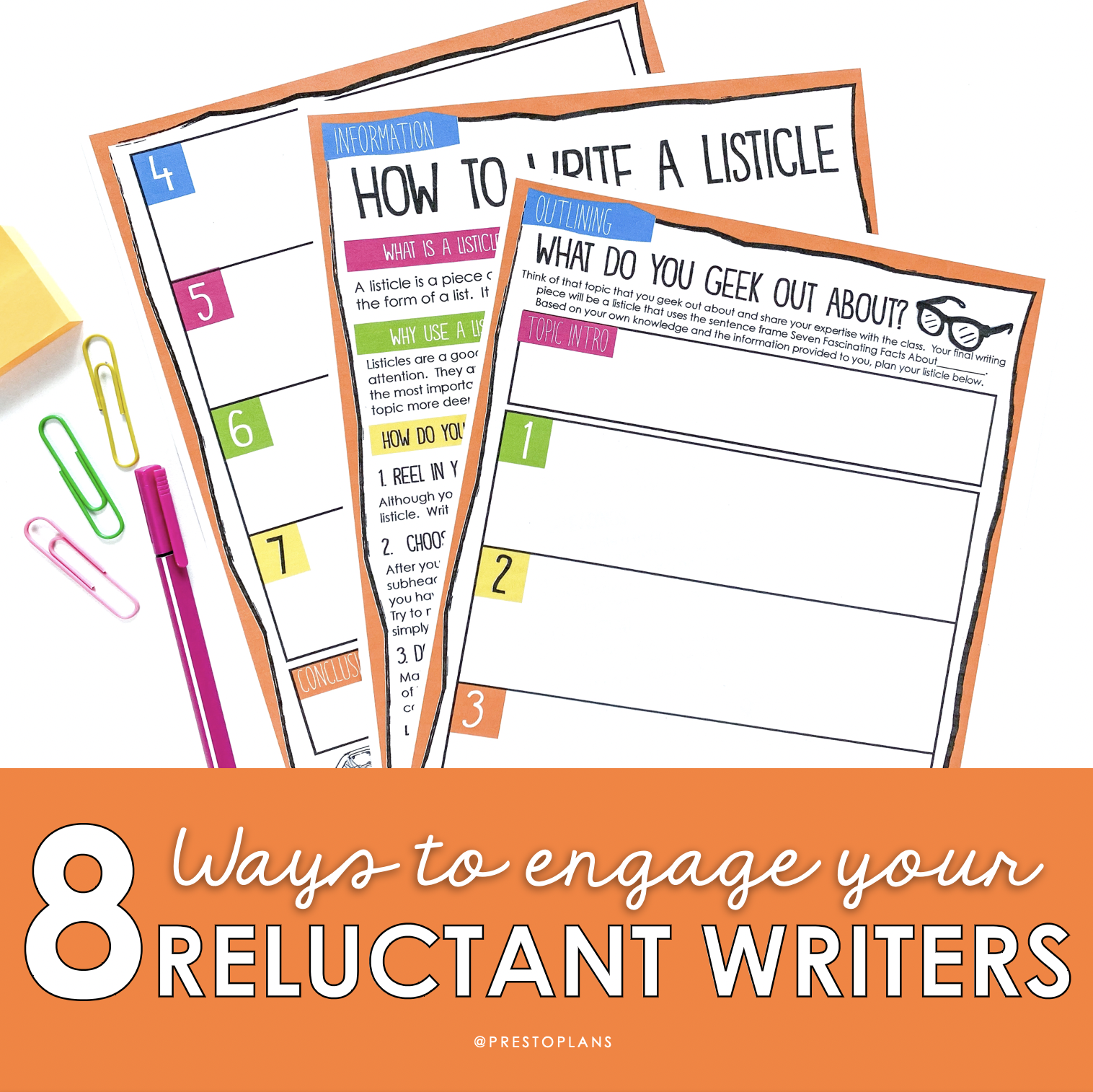
8 Ways to Engage Reluctant Writers
Are you looking for ways to engage reluctant writers in your ELA classroom? Let’s face it: getting students excited about writing can be a challenge. While some students arrive at the classroom with a passion for writing, many others dread the prospect of having to write anything at all. Over the years, I’ve learned some useful tips and strategies for helping middle and high school ELA students to enjoy the process of refining their writing skills, and I’m excited to share my favorites with you today.
1. Let Them See You Write
Although it can be intimidating, letting your students see you write—and struggle to write—is crucial. Writers struggle! We know this, and we need to show our students that this is an inevitable part of the process. You might feel hesitant about letting your students see you write at first. Not only is this a vulnerable act, but it also eliminates some of that distance between them as the students and you as the teacher (who is supposed to be highly skilled in this domain). That’s exactly the point!
Allow your students to watch you go through the process of writing something for the first time. Get your students to throw out a topic and start writing a poem or a story, for example. The point is to let your students see that the process of writing is messy—even for someone who is skilled at it! You can share writing you’ve done in the past if you want. Let your students see you as being vulnerable through writing in order to encourage them to do the same.
2. Provide Quality Exemplars
Show your students strong examples of what you are looking for in their writing. These examples can serve as guideposts for them as they practice their craft. Naturally, it is a good idea to show students examples of the same genres of writing in which they will be working (i.e. poetry, short fiction, etc.). While we want these exemplars to be of a certain quality, we also want them to seem attainable. For example, you might show them a previous student’s poem that is particularly strong.
There’s also good reason to show exemplars of quality writing from famous or well-known writers. You might know of a few widely known short stories that you think are capable of motivating even your most reluctant students to write. Show them these types of examples alongside high-quality student examples.
You can even get your students to find and print their own high-quality exemplars as a homework assignment! Get them to choose a short story, for example, that resonates with them, and then get them to write a short reflection on what they think makes this piece of writing they chose strong and why.
3. Offer Choice as Much as Possible
On a related note, I like to offer students as much choice as possible, both with regard to the topics themselves and with how they want to present their information. Maybe your students want to write in a blog post format or an essay, for example. Let them! Similarly, you might want to consider allowing them to choose their own topics or create a bank of topics as a class from which your students can pick. No one wants to write about something they are not interested in or something about which they know very little!
4. Teenage Brain 101: Make it About Them
This one is pretty straightforward but is often overlooked when it comes to our adolescent writers. If we really want our reluctant writers to connect with and commit to developing their writing, we have got to make their writing assignments relevant to their world. It’s crucial that your students understand that writing is an important skill from which their futures will benefit, and it will be easier to convince them of this by providing writing tasks that relate to their everyday lives.
One activity I like to do, for example, is to get students to write a personal narrative essay. This activity gives students the opportunity to write about themselves, and it gives me the opportunity to teach them personal narrative format. I also like to do a video journal writing activity where students watch a video and respond to a related writing prompt. Students tend to respond well to videos, particularly those that are directly relevant to them as teenagers. This is a quick way to get students putting pen to paper, but it’s also useful if you use them regularly to have a bank of student writing to refer back to to improve a skill. For instance, if you want students to improve word choice, have them take out one of their video journal responses and look at the word choices they made and how they could improve it.
5. Scaffold the Writing Process
We tend to think of writing as a solitary process in a similar way that we often think of creative inspiration as something strikes like a bolt of lightning. In reality, neither of these are accurate portrayals of the writing process. As with anything, some of the best results in writing are achieved through collaboration and through the incremental process of making distinct parts into a cohesive whole.
To help students see writing as a process, and to make it seem less intimidating, I like to provide templates for students to use as scaffolding. We all know how daunting a blank page can be. I like to use activities like snowball writing that surmount this common writing issue by breaking it down into steps and by inviting collaboration. This activity is a sure way to get even your most reluctant students to put pencil to paper. In this activity students will start a narrative, then after an allotted time period, crumple the page up into a “snowball” that is retrieved by a second writer who continues the story. This process is repeated multiple times until an original narrative emerges. If you would like to know how to facilitate this activity, you can get all the step-by-step details in this post.
6. Real-World Applications
When trying to engage reluctant writers, it helps to choose assignments that prompt your students to write for an actual audience. Maybe your students will write a persuasive letter to the principal or the home and school association about something they would like to change at school. Or maybe they will write an essay addressed to the school cafeteria outlining ideas and arguments for more healthy food options.
An assignment that has real-world applications immediately raises the stakes for them and helps them see real-world value in developing their writing. Get them to write a cover letter for a job. Have them each a short story or poem that they will read out loud at a creative writing event that you will host in your classroom. Make it so that they are not just writing for writing’s sake.
7. What Does a Writer Look Like?
When we think of what a writer looks like, we might think of a brooding, mysterious figure sitting behind a typewriter, on a metaphorical ivory tower wearing wire-framed glasses. Of course, writers come in all forms, and it’s important for your students to see that being a writer is not such a far-away, abstract thing as it seems.
Challenge your students to rethink the image they see when they think of a “writer.” You can do this by bringing in real-life writers to your classroom to read something they’ve written and to talk about the challenges of writing in general. These can be known authors, but they don’t have to be! Maybe you have a custodian at your school who writes poetry. Or maybe the school principal writes fiction in her spare time. Perhaps you have a writing friend who can Skype into the class to talk about their experience with writing!
8. Make Writing Fun!
Ultimately, we want even our most reluctant students to see writing as something that can be fun. Instead of telling them how fun writing can be, it is better to show them! There are plenty of ways you can do that, many of which I’ve outlined above. However, there is one writing assignment in particular that I like to use as a way to help students find joy in writing.
CREATIVE WRITING VIDEO BUNDLE
The creative writing video bundle activity has five writing assignments for students that really allow them to think (and write) outside the box. Each assignment has a corresponding video, created by the talented John Spencer, that introduces the topic as well as clear student and teacher instructions. Here’s a breakdown of the five writing topics:
- Design a School: For this assignment, students will create and design a new school, write about their first day at school from the first-person perspective, and create an advertisement to recruit new students.
- Geek Out: For the Geek Out assignment, students get to geek out on a topic that they are passionate about and then share their expertise in the form of a listicle (a form of writing not unlike what you are reading now!)
- My Generation: For this one, students will write an open letter discussing the seven greatest misunderstandings people have about their generation and why they are different than the way people perceive them.
- Soundtrack of My Life: For the Soundtrack of My Life assignment, they will create a mix-tape for their life by choosing ten songs that they connect with or that represent them.
- The Textures of My Life: For this assignment, students choose three textures that represent their life and use the forms of a personal narrative/descriptive writing to share their story.
This assignment seems to really connect with students—there’s something in here to engage every student, even the most reluctant writers.
There you have it! I hope these suggestions help your students fall in love with writing! Ready to inspire your budding writers? Click below to a grab ready-to-use creative writing video bundle that will engage even most reluctant writers.
Search the blog for what you are teaching
GIVEAWAYS
sent straight to your inbox!
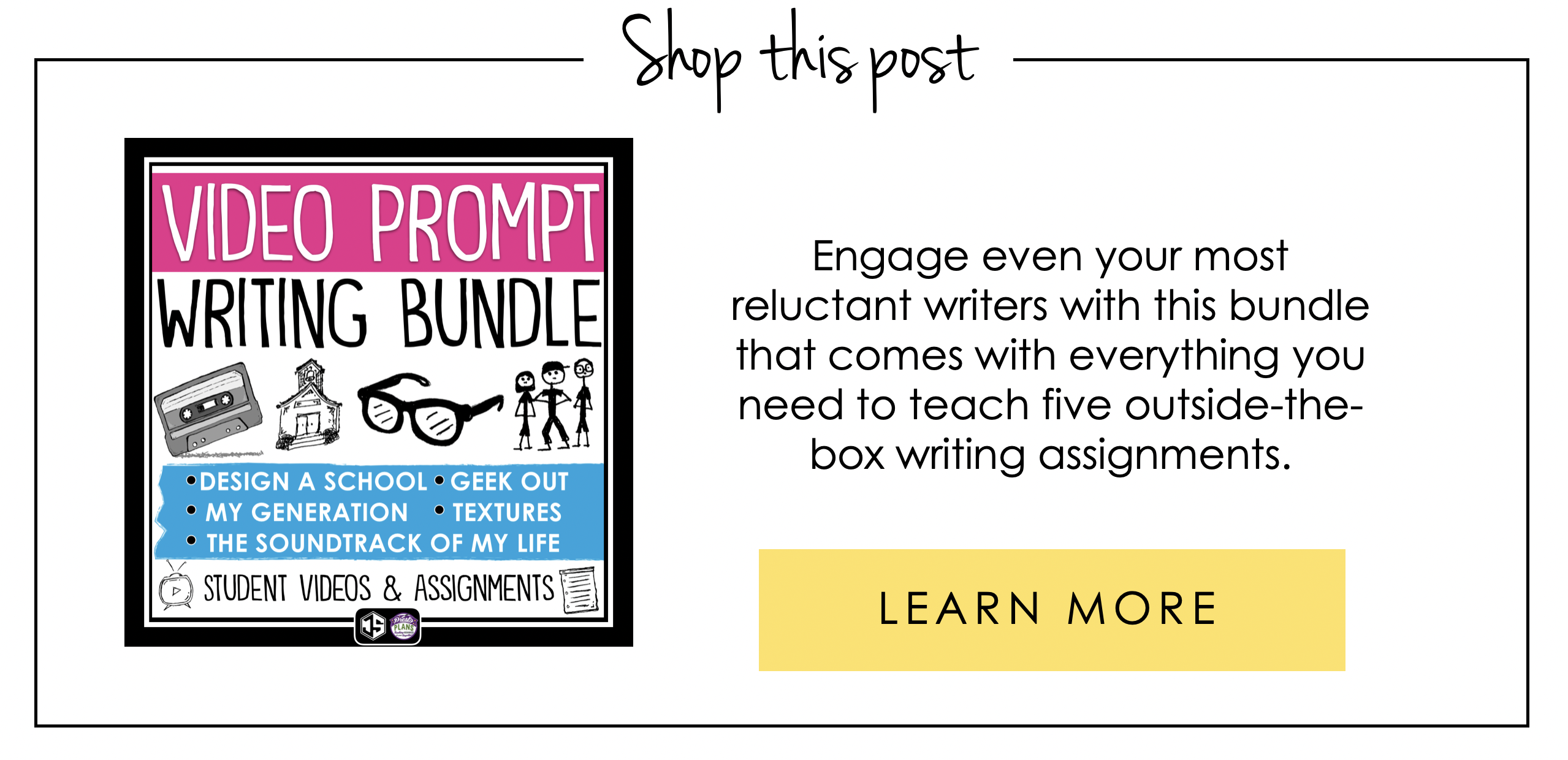
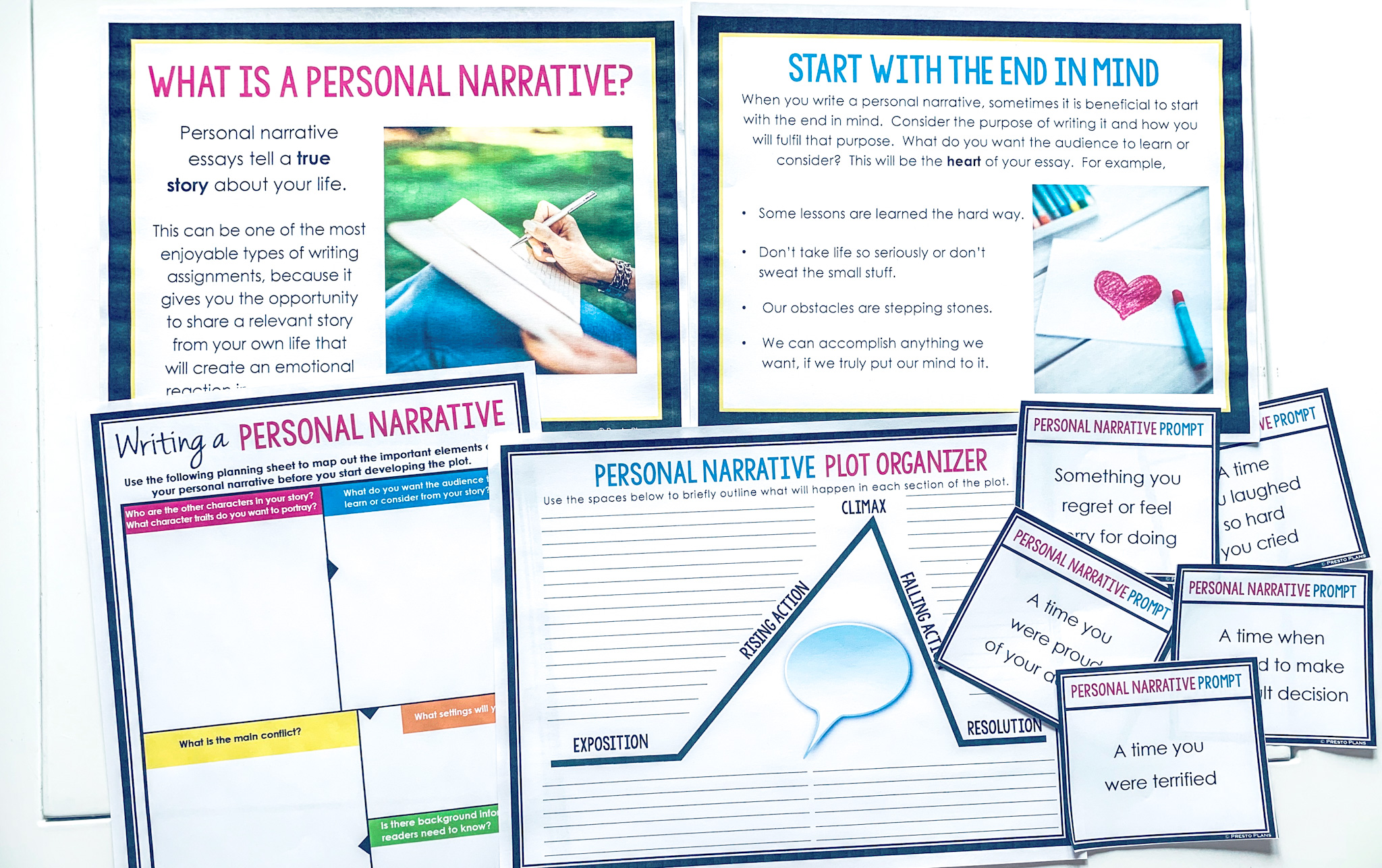

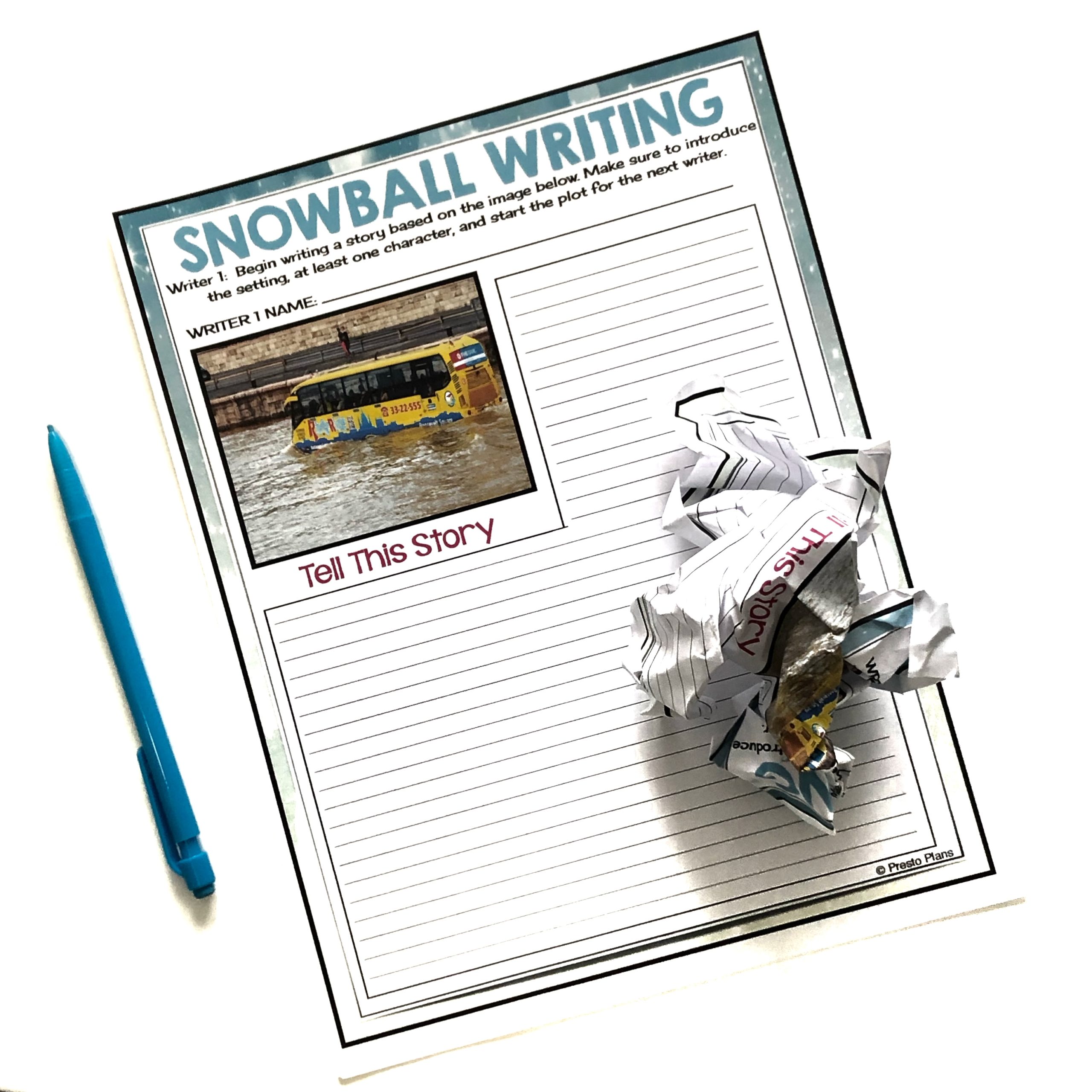
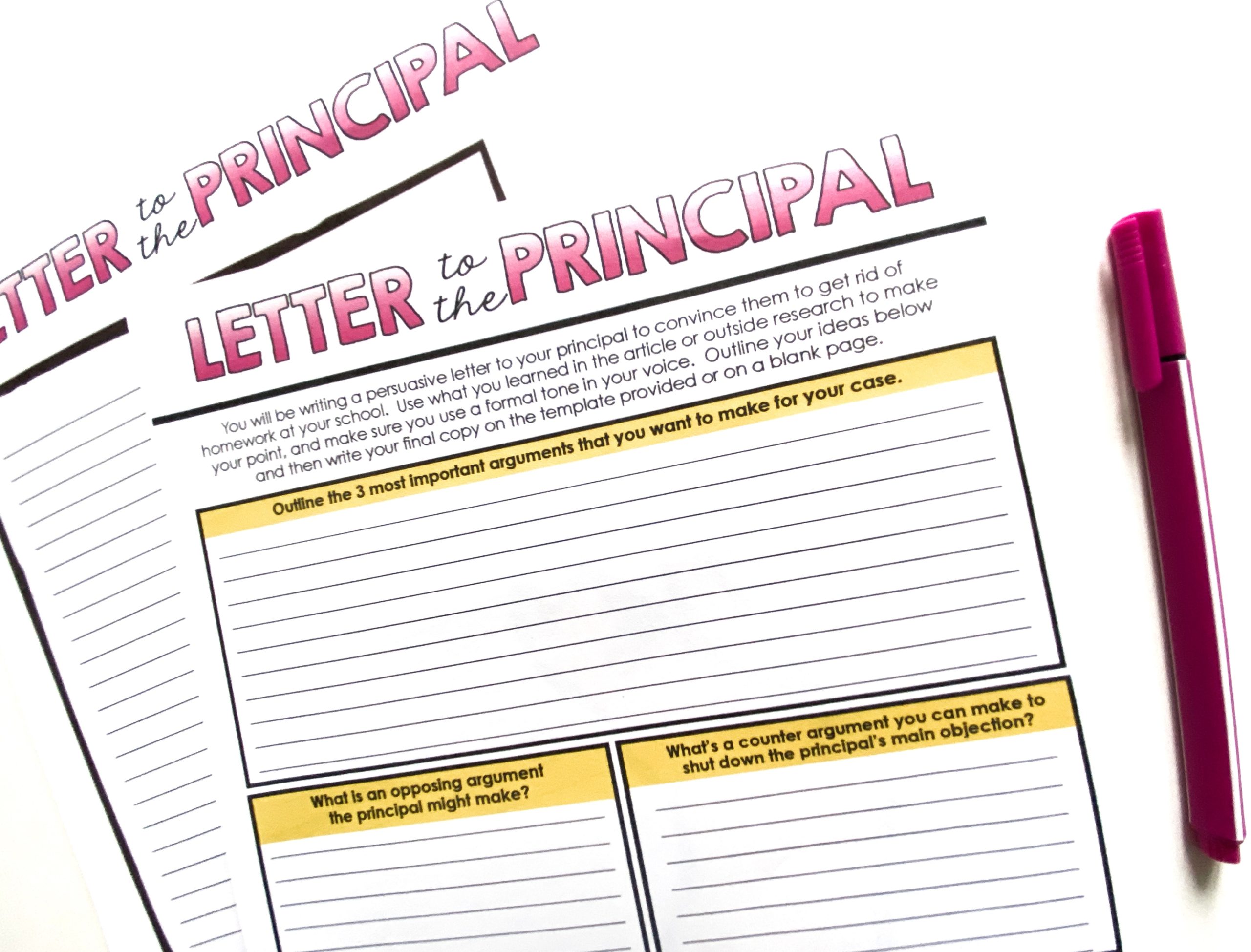
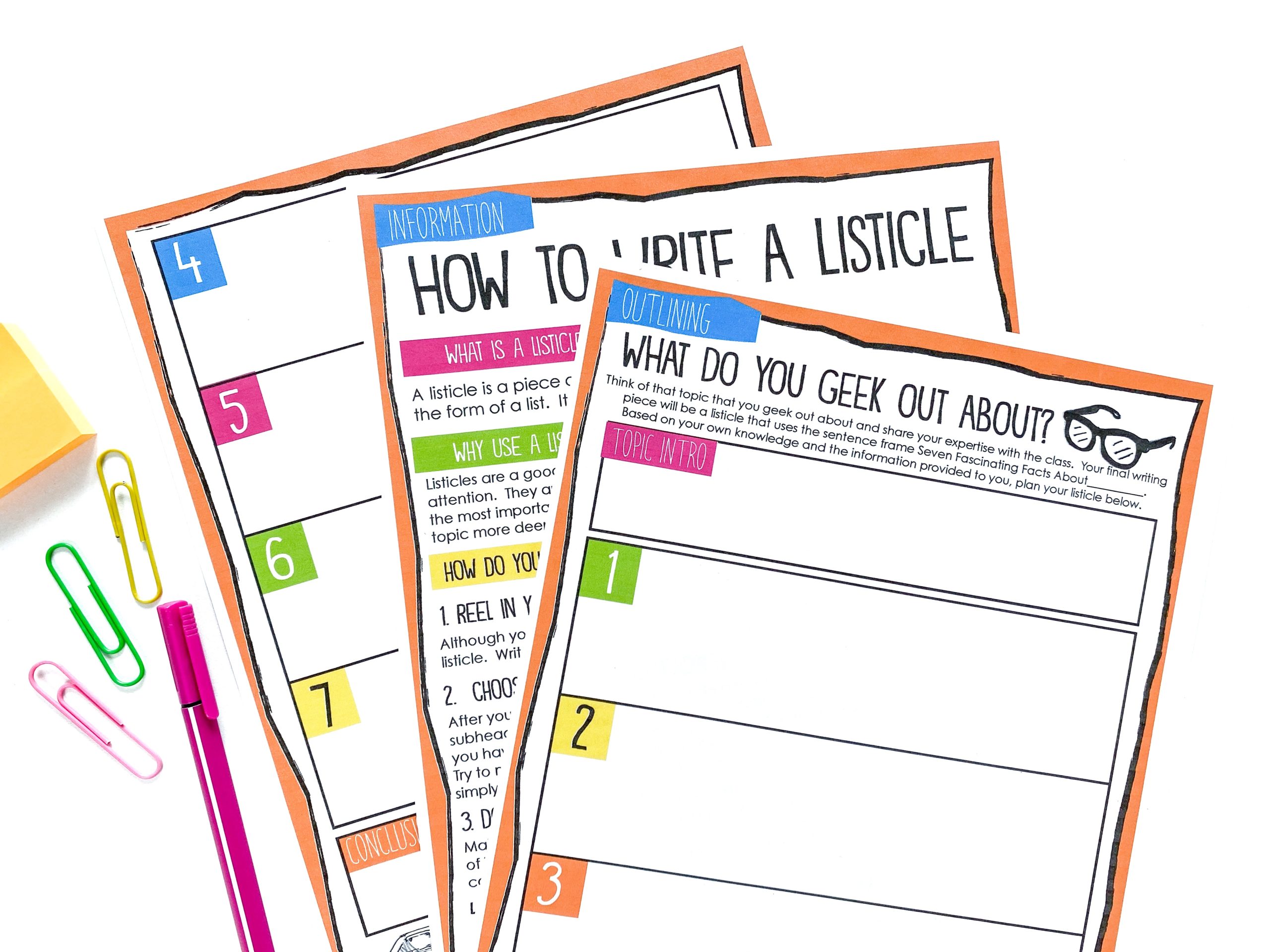
share this post